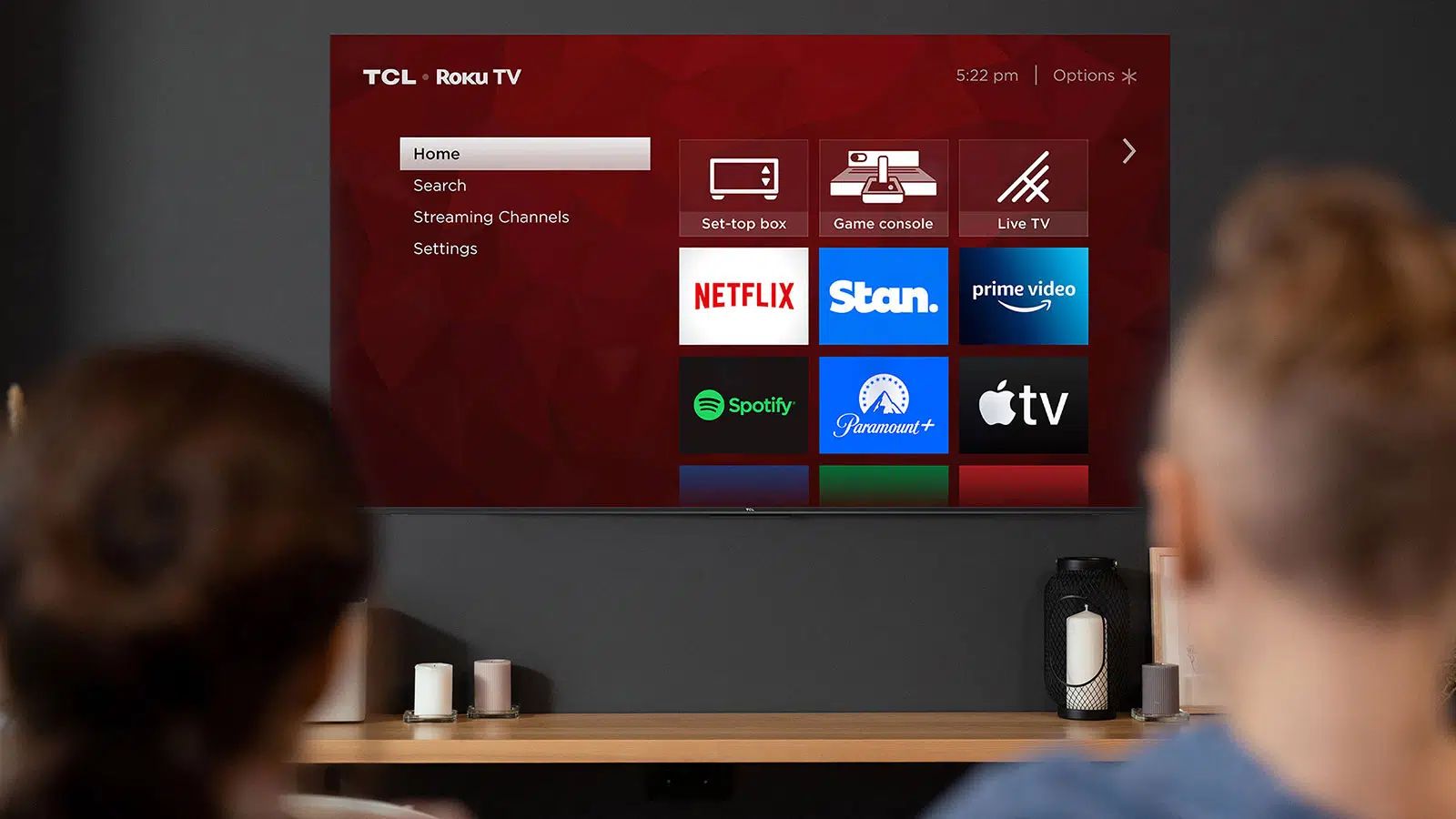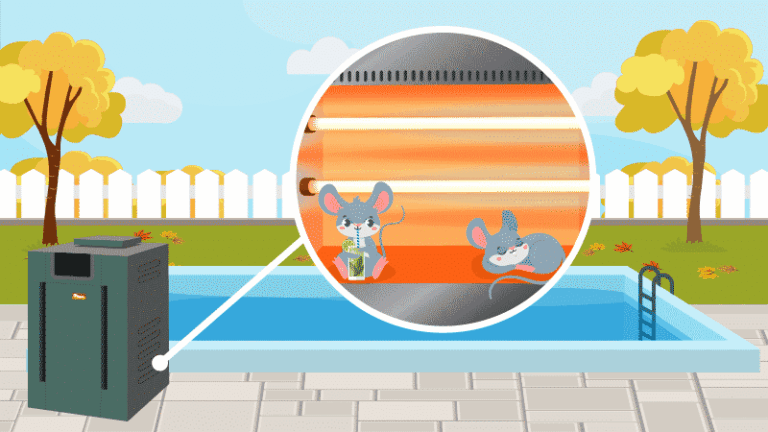Are you looking for the ultimate step-by-step guide to mastering IPTV setup? If so, then look no further! This article provides a comprehensive overview of what it takes to set up an IPTV system and offers tips on how to make sure your system is running smoothly. It covers everything from hardware and software requirements to installation instructions and troubleshooting advice.
With this in-depth tutorial, you can have your IPTV setup up and running in no time. So read on if youre ready to take the plunge into a masterful IPTV setup!
Understanding Network Requirements for IPTV
Understanding network requirements for IPTV is an important step in mastering the setup process. To ensure that your IPTV setup works properly and provides you with all the necessary features, it is essential to understand what type of network infrastructure is needed.
There are several components involved in setting up a reliable and efficient IPTV system, such as bandwidth availability, latency levels, switching capabilities, security measures, and device compatibility. Bandwidth availability will determine how many devices can be connected at once and how much data can be transferred through the system.
Latency levels refer to how quickly data transfers from one point to another within the network; low latency is generally desirable for smooth streaming performance. Switching capabilities allow users to switch between multiple networks with ease while maintaining quality of service (QoS). Security measures are also important in preventing malicious actors from accessing or tampering with sensitive information on the system.
Finally, device compatibility must be considered when selecting compatible hardware for use with your IPTV setup – some components may require special drivers or software updates before they will function correctly.
Setting Up an IPTV Service Provider Account

Setting up an IPTV service provider account is the third step in mastering your IPTV setup. Before you begin, make sure that your internet connection is stable and fast enough to stream HD content with minimal buffering time.
Once you have identified a reliable internet source, it’s time to get started on creating a user account for the IPTV service provider of your choice. When setting up the account be sure to read through all terms and conditions carefully before signing up.
Make note of any additional services or fees that might be associated with using their service. Additionally, some providers may require payment information before signing up so having this ready ahead of time will help make the process go smoother and quicker.
Once these steps are completed successfully, a confirmation screen should appear letting you know that everything has gone smoothly and that your new IPTV service provider account is now active! With this in place, you can now move on to configuring settings on compatible devices such as smart TVs or streaming boxes for optimal performance when watching live TV channels and other multimedia content from around the world!
Streaming and Connecting to an IPTV Service Provider
Streaming and connecting to an IPTV service provider is one of the most important steps when it comes to setting up an Internet protocol television (IPTV). This process requires a bit of research, but once completed, youre all set for enjoying your favorite content.
To get started with streaming and connecting, first determine which IPTV service provider best suits your needs. Different providers offer different features such as video-on-demand services or live TV channels.
After researching and selecting a provider, create an account by registering online or through their app. Once registered, receive instructions from them on how to connect their device either via Wi-Fi or Ethernet cable connection.
Follow these instructions thoroughly to properly set up your equipment for streaming and connecting with the chosen IPTV service provider. Finally start enjoying quality programming from around the world right at home!
Troubleshooting Potential Issues with IPTV Setups

IPTV setup can be challenging, with its own unique set of potential issues. This section will help guide you through the most common IPTV setup problems and how to solve them.
First off, check that your internet connection is strong enough for streaming media. Poor or unreliable connections can lead to buffering and other playback issues.
If your connection is strong but still has trouble streaming IPTV content, try restarting both your router and the device hosting the stream. Next, make sure that all cables are connected properly for video streams to run smoothly without any interference from outside sources.
Also, consider relocating any wireless devices away from the router if they interfere with signal strength or cause lag times on live broadcasts. Make sure you have downloaded the necessary apps and plug-ins onto your device; some services require compatible software before videos can be played back correctly.
Finally, double-check that all settings have been configured correctly within each app/plug-in used by your service provider – small errors here could prevent successful streaming sessions entirely!
Conclusion
In conclusion, setting up an IPTV system can be a daunting task, but with the right resources and guidance, it can be done quickly and easily. With this step-by-step guide, you have all the information needed to get your IPTV setup completed in no time.
Furthermore, with iptv utan box there is no need for additional hardware or software installation; so if youre looking for an easy way to set up your IPTV system then look no further!








